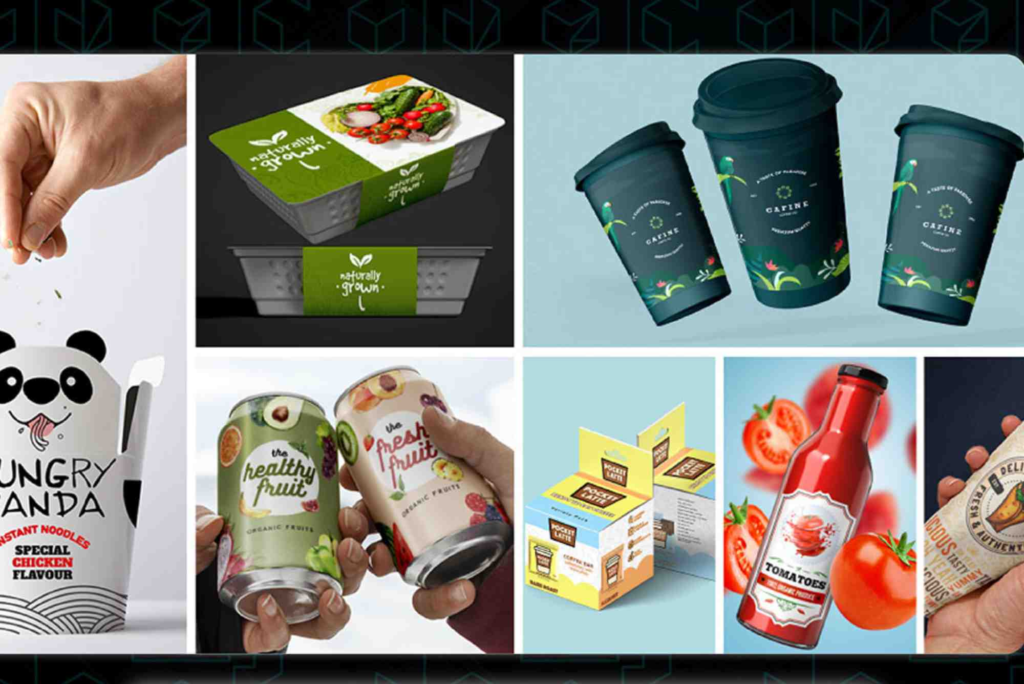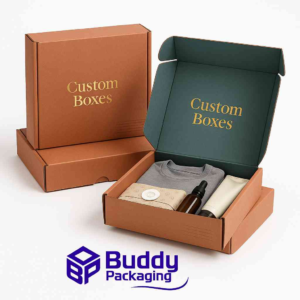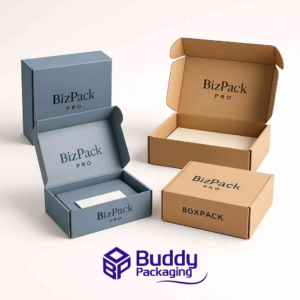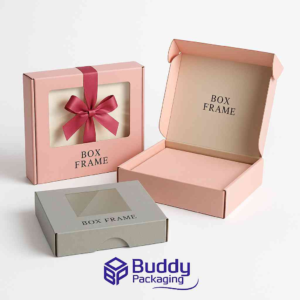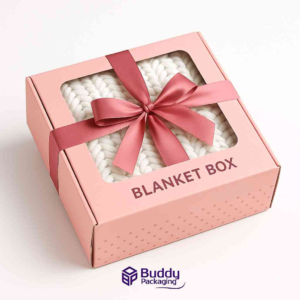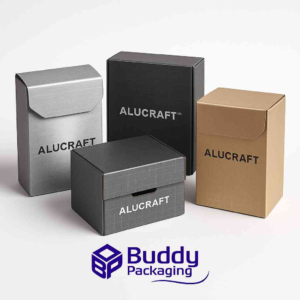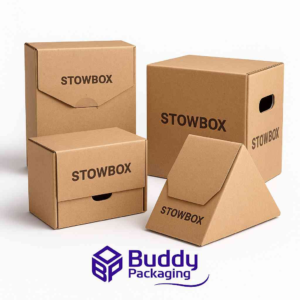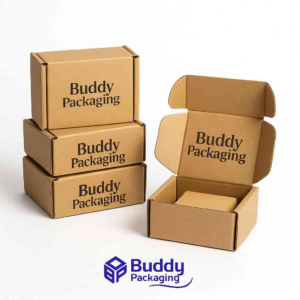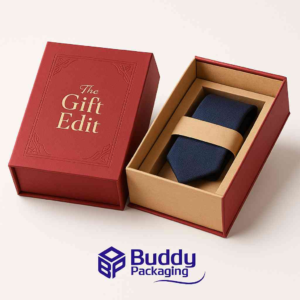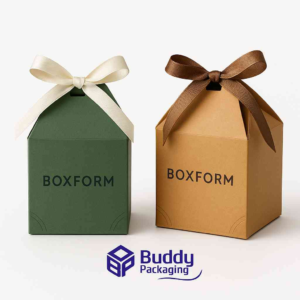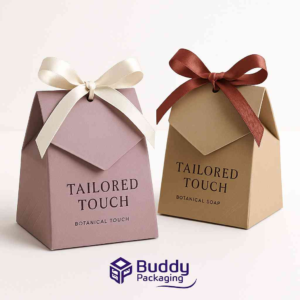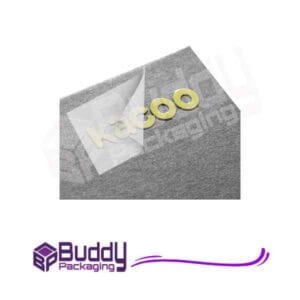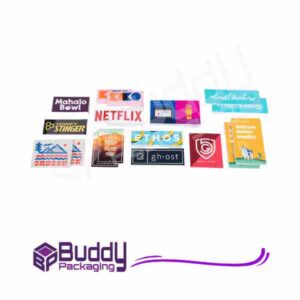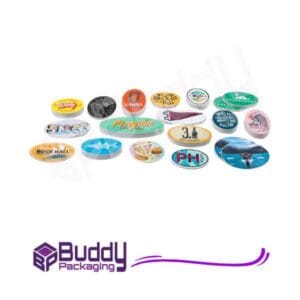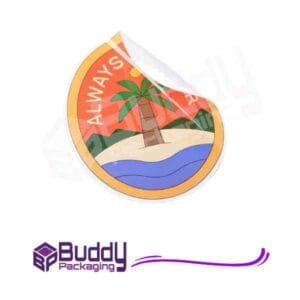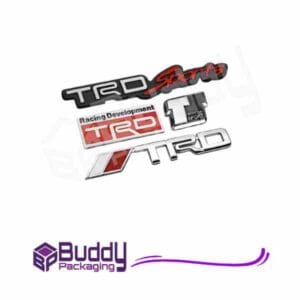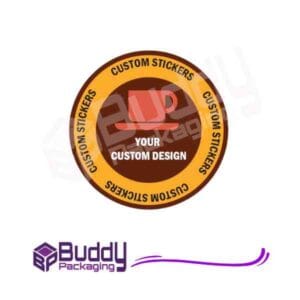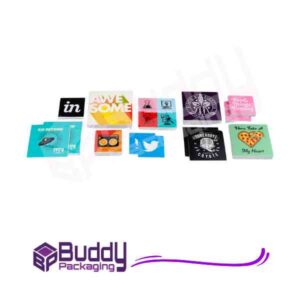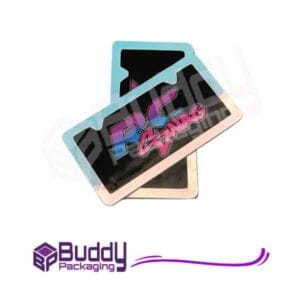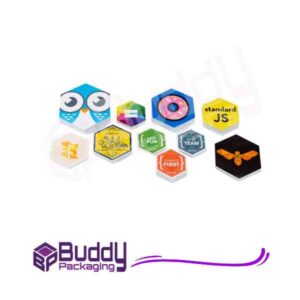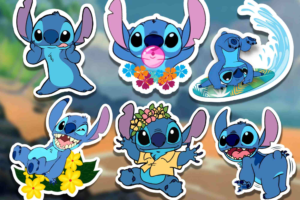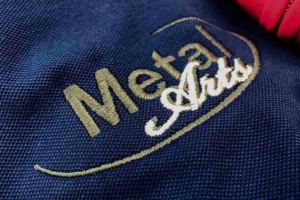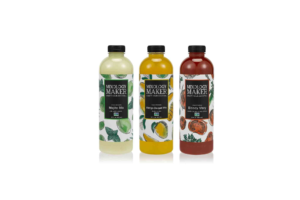Introduction
Food packaging design has become more than just a container for products. In today’s competitive market, it is a powerful branding tool that influences customer decisions, protects food quality, and communicates your brand’s story. The right food packaging design ideas can transform a simple product into a memorable experience, encouraging loyalty and repeat purchases. With consumers increasingly paying attention to design, sustainability, and functionality, businesses need to rethink how their food packaging looks and feels.
Why Food Packaging Design Matters
Food packaging design is the first point of contact between your product and a customer. Before tasting the food, buyers judge quality, freshness, and value based on how it looks on the shelf. Clever packaging builds trust, highlights uniqueness, and sparks curiosity. For example, an eco-friendly box instantly signals sustainability, while bold graphics can make a snack brand appear fun and exciting.
Beyond aesthetics, packaging protects products from contamination, maintains shelf life, and provides essential information. With so many roles to play, thoughtful design is no longer optional—it is a necessity for growth.
Key Principles Behind Successful Food Packaging Design Ideas
Designing effective packaging starts with understanding your audience and aligning the visuals with your brand identity. The most successful brands blend creativity with practicality. Some timeless principles include clarity, functionality, innovation, and emotional connection.
Clarity and Simplicity
A good package communicates its purpose instantly. When shoppers glance at it, they should know what the product is and why it’s worth buying. Clear fonts, descriptive imagery, and minimal clutter help customers make quick decisions.
Functionality and Practicality
Packaging should not only look appealing but also make the customer’s life easier. Resealable bags, portioned packs, and easy-to-carry boxes add convenience while enhancing user experience.
Emotional Connection Through Storytelling
Modern consumers want to connect emotionally with brands. Food packaging can showcase a brand’s origin, values, or unique recipes through design. A rustic bakery might use kraft paper and hand-drawn fonts, while a modern vegan brand could choose sleek typography with clean green tones.
Innovation for Shelf Impact
On crowded shelves, innovative packaging helps products stand out. Unique shapes, transparent windows, or interactive QR codes can intrigue shoppers and invite them to engage with the product.
Current Trends in Food Packaging Design
As consumer preferences evolve, packaging trends follow suit. Businesses looking for fresh food packaging design ideas should stay updated with these trends.
Eco-Friendly Materials
Sustainability dominates packaging discussions today. Consumers prefer recyclable, compostable, or reusable materials over single-use plastics. Plant-based packaging, biodegradable wraps, and minimalist designs are gaining popularity.
Minimalist and Clean Designs
Less is more in modern design. Clean layouts with bold fonts, neutral backgrounds, and simple graphics communicate trust and sophistication. This trend appeals to health-conscious buyers looking for honesty and transparency.
Bold Colours and Typography
While minimalism works for some, others rely on vibrant colours and playful typography to grab attention. Snack and beverage brands often use bright palettes to reflect fun, energy, and bold flavor.
Transparent Packaging
Clear windows or fully transparent containers let customers see the product inside. This builds trust by showcasing freshness and quality without hidden surprises.
Smart Packaging Technology
Interactive packaging using QR codes, AR experiences, or freshness indicators adds a tech-savvy touch. Customers can scan codes to learn about sourcing, recipes, or recycling instructions.
Creative Food Packaging Design Ideas for Different Products
Different food categories require different approaches to packaging. Below are some creative ideas tailored to various niches.
Bakery and Confectionery Products
For baked goods, packaging must balance freshness with visual appeal. Windowed boxes allow customers to see cakes or pastries inside, while custom-printed wrapping paper enhances brand identity. Bright pastel tones often work well for sweets, while artisanal bread pairs with earthy, kraft materials.
Snacks and Beverages
Snack packaging thrives on bold, playful designs. Fun illustrations, vibrant patterns, and resealable pouches are ideal for chips, nuts, or candies. Beverages, on the other hand, benefit from unique bottle shapes, textured labels, or minimalist cans that communicate lifestyle choices.
Frozen and Ready-to-Eat Foods
Frozen meals require durability to withstand cold storage. Bold colours combined with appetizing product photography help customers envision the meal inside. For ready-to-eat foods, portable packaging with handles or microwave-safe containers adds convenience.
Organic and Health Foods
Health-focused consumers expect packaging that reflects transparency and eco-consciousness. Using recyclable boxes, earthy tones, and clean labeling appeals to this audience. Minimal text with key benefits, like “gluten-free” or “100% natural,” builds credibility.
Packaging Design Ideas That Boost Brand Identity
The strongest packaging isn’t just attractive—it reinforces a brand’s identity. Aligning colours, fonts, and materials with brand values ensures recognition and consistency.
A luxury chocolate brand might use matte black with gold foil, signaling elegance and exclusivity. A family-friendly cereal brand could feature playful mascots, creating emotional bonds with children. For businesses wanting unique solutions, investing in Custom Packaging ensures brand personality shines through every box or wrapper.
Where to Find Packaging Design Inspiration
Finding fresh ideas requires exploring global trends and successful case studies. Platforms such as packaging design inspiration showcase award-winning examples that spark creativity. Studying how brands across cultures use colours, materials, and storytelling can help businesses innovate within their niche.
Common Mistakes to Avoid in Food Packaging
While creativity is important, certain mistakes can harm brand perception. Overly complicated designs confuse buyers, while poor-quality materials damage trust. Failing to consider functionality frustrates customers, leading to negative reviews. Additionally, ignoring sustainability risks alienating eco-conscious audiences. Businesses must balance creativity with practicality to avoid these pitfalls.
How to Develop Your Own Food Packaging Design Ideas
Creating packaging starts with understanding your brand voice and audience. Conduct market research, analyze competitors, and outline what makes your product different. Next, collaborate with designers who specialize in food packaging. They can translate your vision into visuals that resonate with customers. Always test designs with focus groups to ensure clarity and appeal before mass production.
Food packaging design is more than decoration—it is a strategic business tool. By blending creativity, functionality, and sustainability, brands can attract attention and build loyalty. Whether you’re launching a new snack, organic food line, or artisanal bakery product, smart packaging can set you apart in a crowded market. Explore innovative trends, invest in tailored solutions like Custom Packaging, and draw ideas from global packaging design inspiration to stay ahead.
FAQs
What makes a good food packaging design?
A good design is clear, functional, and visually appealing. It protects the product, communicates brand values, and attracts buyers.
How do I come up with food packaging design ideas?
Start with your brand identity and target audience. Study trends, explore case studies, and work with professional designers to develop unique solutions.
What are the latest trends in food packaging?
Sustainable materials, minimalist layouts, bold typography, and interactive features like QR codes are leading current packaging trends.
Why is eco-friendly packaging important?
Eco-friendly packaging reduces environmental impact and appeals to conscious consumers. It also strengthens brand image by showing responsibility.
Can packaging increase sales?
Yes, effective packaging grabs attention, builds trust, and encourages repeat purchases, directly contributing to increased sales.

